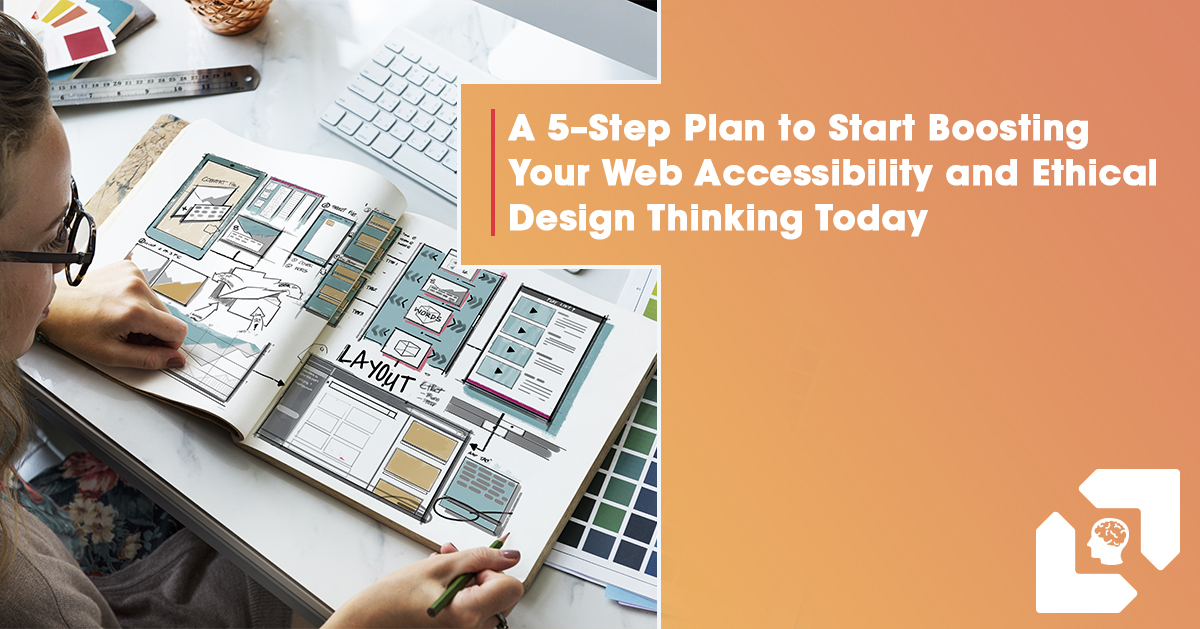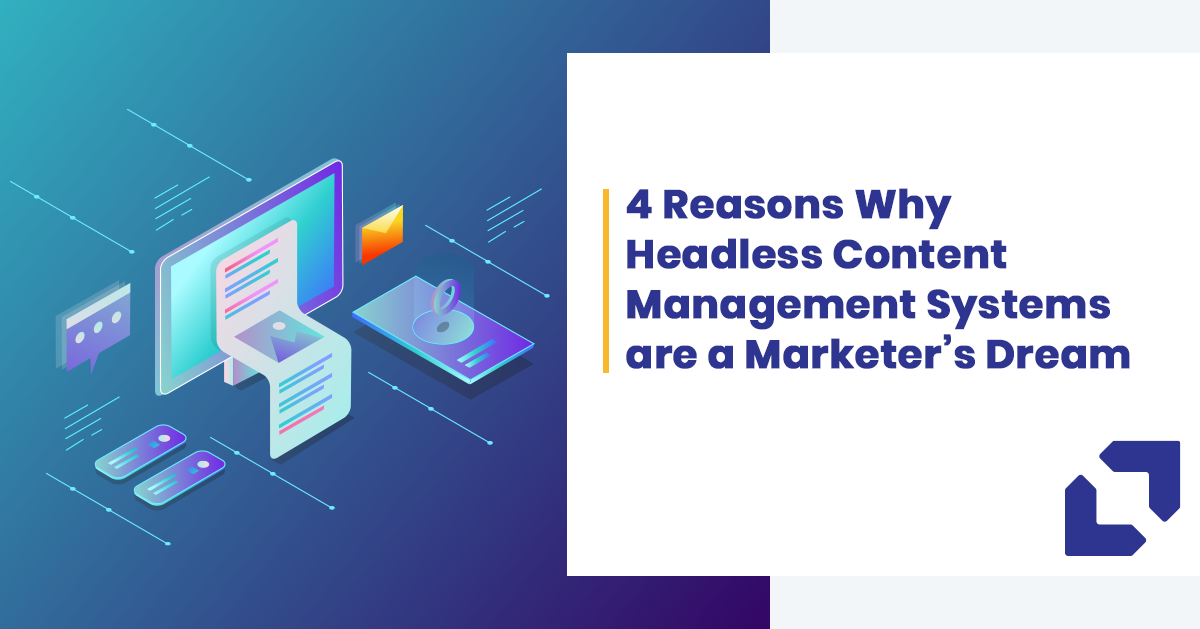Web accessibility is a journey, not a destination. Here’s a handy list of how to start tackling the biggest challenges and make the most important improvements first.
We’re passionate advocates for the power of intentional, meaningful and inclusive customer experiences. When it comes to web accessibility, too often businesses fall into the short-sighted trap of looking at it as a legal or compliance issue, instead of as the future-ready business-enhancing opportunity that it truly is. Your user experiences should be designed for all of your users, including the millions of North Americans who have a disability.
We’re proponents of ethical design thinking, and a core tenet of that belief is that digital and web experience should work for everyone. Not just because it’s the right thing to do, but because it’s been proven to engage larger audiences and boost profits. If you’re familiar with web accessibility and ethical design but aren’t sure what it means for your business, read our list of accessibility must-haves to get started. If you already know the “why” of web accessibility, you might be looking for a simple action plan to get started. Here’s how:
1. Use an audit tool to score your current grade
You can’t meaningfully improve without knowing where you’re at right now. The good news is there’s a huge variety of web accessibility tools you can use right away to get a sense of how you’re scoring now against WCAG’s accessibility levels. Popular web accessibility audit tools like axe, Worldspace Attest and Google Lighthouse are open-source, automated HTML testers anyone can use to get a quick sense of how accessible your web pages are right now. If you already know which WCAG Level you need to (or are aiming to) reach, with Worldspace Attest’s rules feature, you can run the audit directly against the success criterion for that level to find out easily whether or not you’re compliant.
See our list of the top 10 web accessibility improvements you can start making today.
2. Don’t forget about the magic of manual testing
While purpose-built web accessibility audit tools are the best place to start, they’re not guaranteed to capture everything and we recommend running secondary testing as well. From an ethical design and customer experience lens, manually testing your site’s accessibility through various scenarios is a valuable add-on and adds a thoughtful, human element to your audit that a tech tool alone can’t provide.
- Many people with visual impairments use a screen reader to have your site’s content read to them. Even though it would take an experienced screen reader user to give you a complete audit, anyone on your team can install and test your site with a screen reader to get a sense of how well it functions with assistive software.
- Keyboard accessibility is crucial, as many people aren’t able to navigate your site with a mouse. It’s also easy for you to test. Try navigating your site by tabbing through all of your links and interactive elements. A keyboard user should have the same ease of use that a mouse user would have.
- Accessibility consultant, Karl Groves recommends this list of simple manual web accessibility tests anyone can perform on their site for free.
3. Fix your highest-traffic pages first
Long-term, your goal should be to improve accessibility throughout your entire site. But based on the size of your business, your budget and your current priorities, this might not be feasible all at once. That’s very common, and in that situation you want to look to where you can make the most impact quickly. Starting with the pages getting the most visits makes a lot of sense.
4. Fix your most inaccessible pages second
Following your audit, you’ll have a pretty solid idea of which pages or areas of your site have the most accessibility issues overall. Once you’ve addressed all the problems with your most visited pages, and worked to clear up issues for the largest portion of your online audience, the next step is to focus on the pages that are the most broken.
5. Create a plan to keep improving and not fall behind
Whether this is your first accessibility audit or part of an on-going strategy, once you’ve made significant progress you want to make sure you stay ahead of the curve. Web accessibility shouldn’t be an afterthought or something that’s left to only content editors and developers. From the top down, everyone in your business needs to feel a sense of ownership for accessibility and work to adopt a more ethical design thinking mindset as a core part of your approach to everything you build.
Easier said than done? Yes. Very much worth it? Also yes.
- Assemble a web accessibility task force to own it from an ongoing strategic perspective. From securing a budget for the right tools to education on how to adopt truly accessible and ethical mindsets, this group can take your web accessibility approach from beyond responsive tactics to proactive leadership.
- The power of design systems is a key component of your design process and customer experience. Finding ways to integrate ethical thinking and web accessibility into your design process from the start, so that you’re ahead of the curve and keeping accessibility top of mind as you build new pages in the future.
- Hire a customer experience and web accessibility expert to help you consult and create the right program for your organization. The right partnership with a seasoned digital strategy team can give you the support, planning and structure you need to make sure your user experience leads the way for all of your users.
Starting your own strategy can feel complex, but it doesn’t need to be. Our 5-step guide shows you how to begin a web accessibility and ethical design mindset today that will benefit you — and all of your users — for years to come.
If you'd like to learn more, get in touch with our Experience Design experts today. We will work with you to better understand your needs and devise solutions suitable for your business. Then follow Appnovation on LinkedIn.


